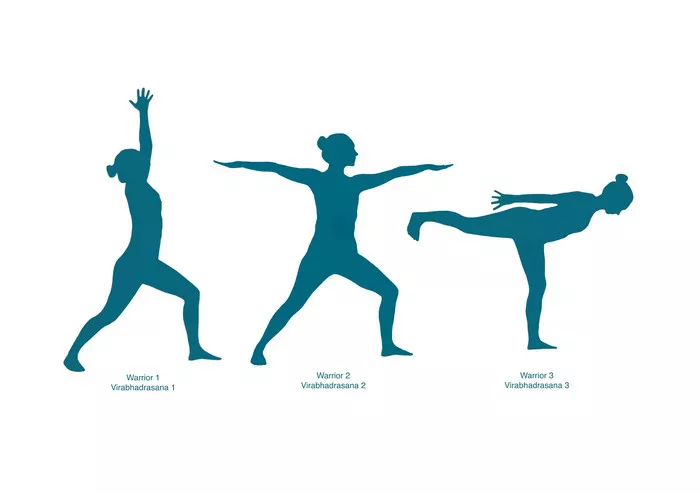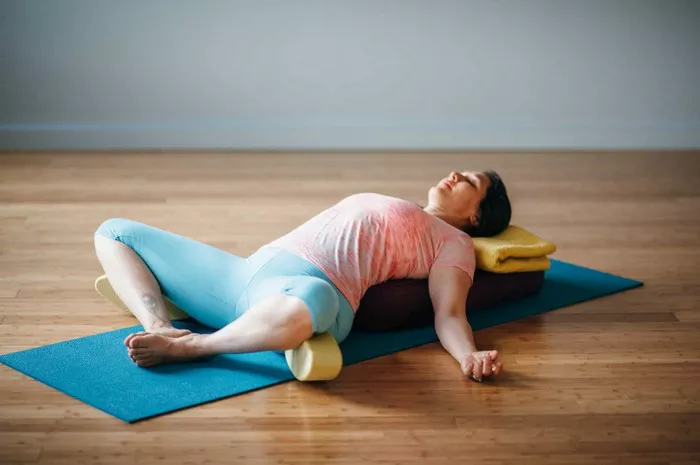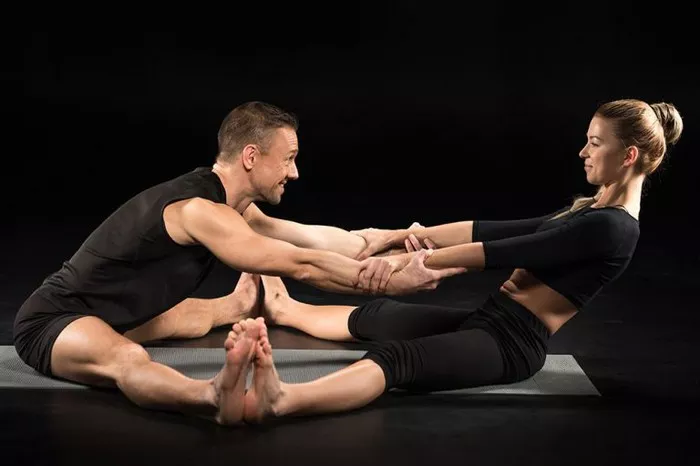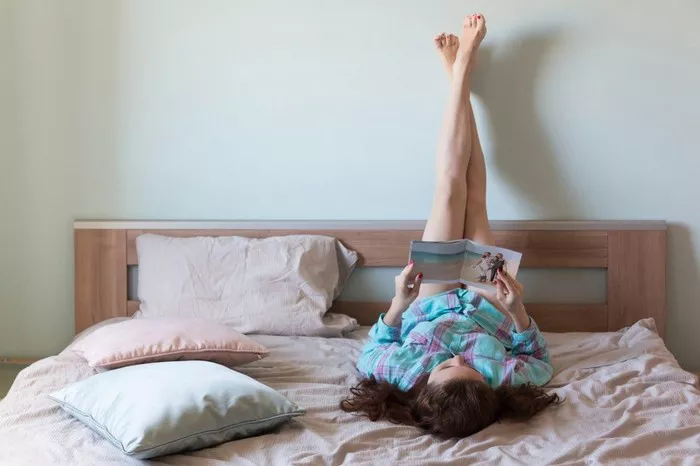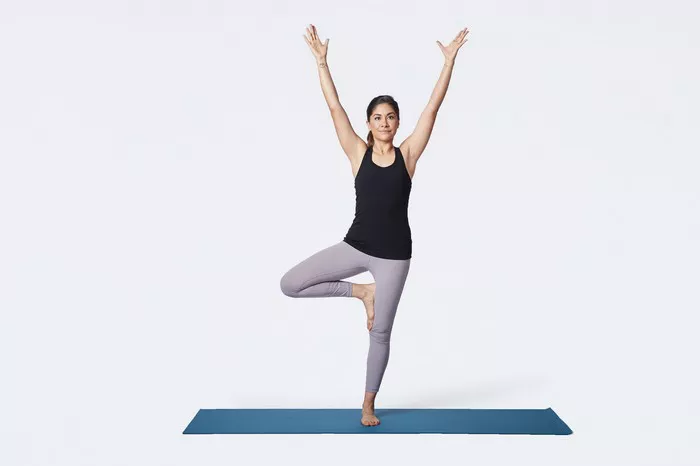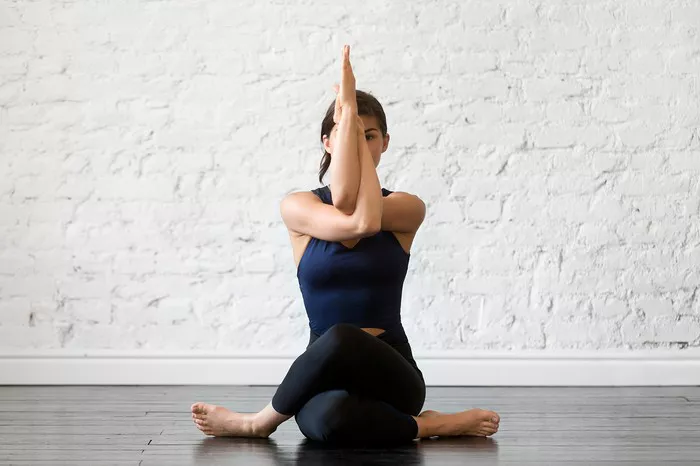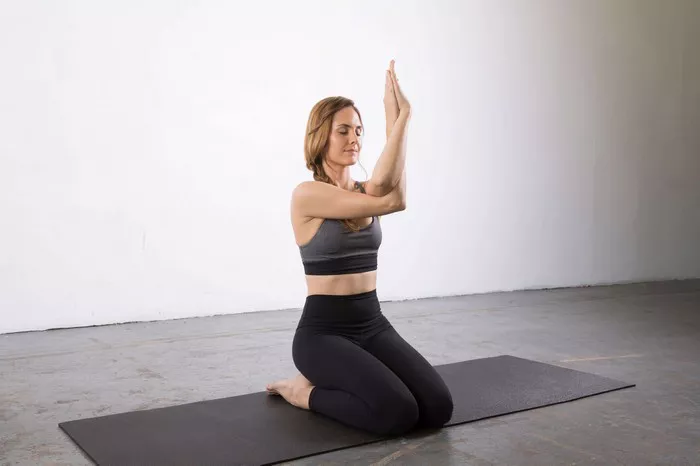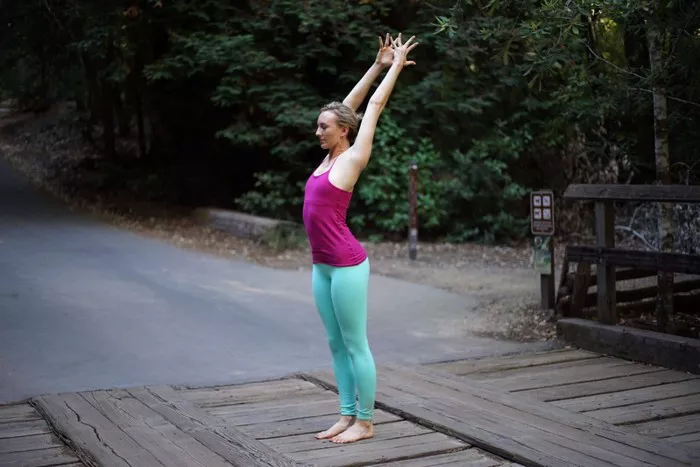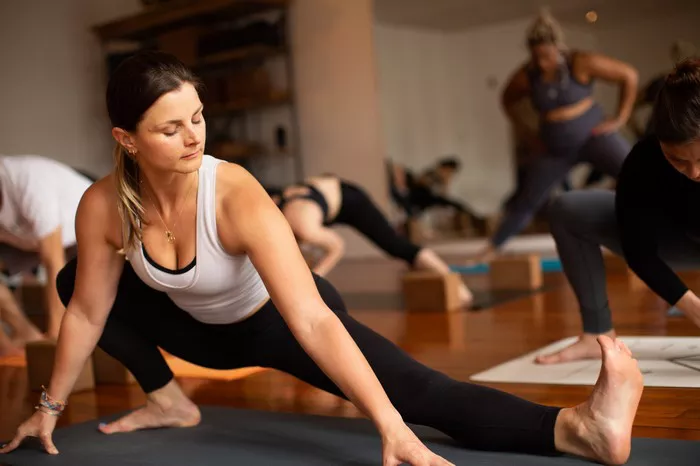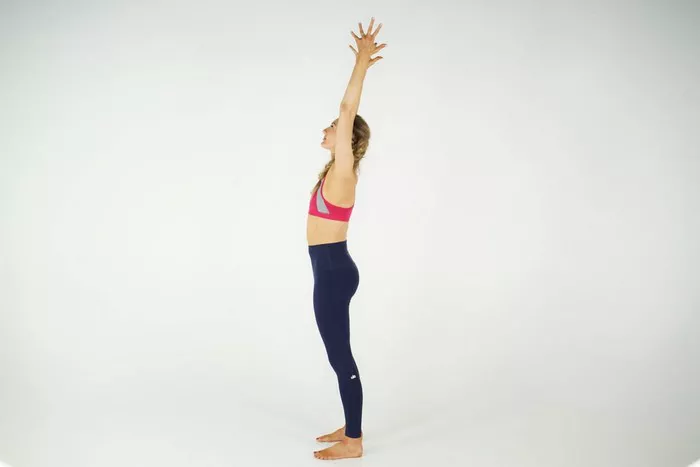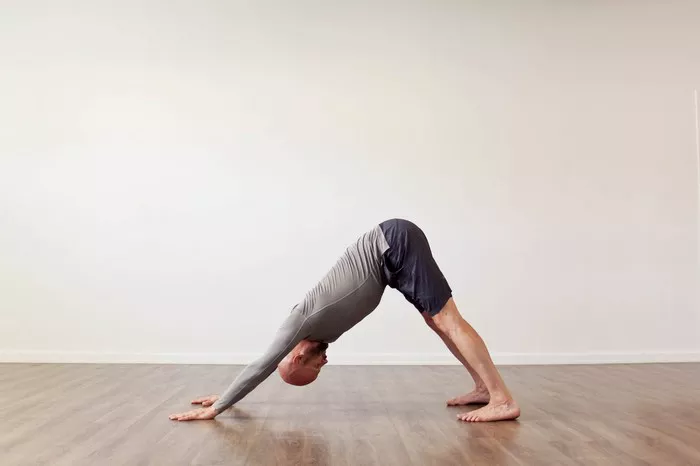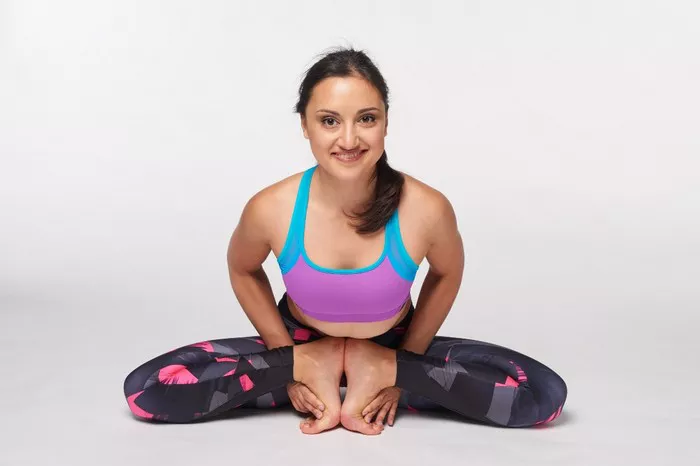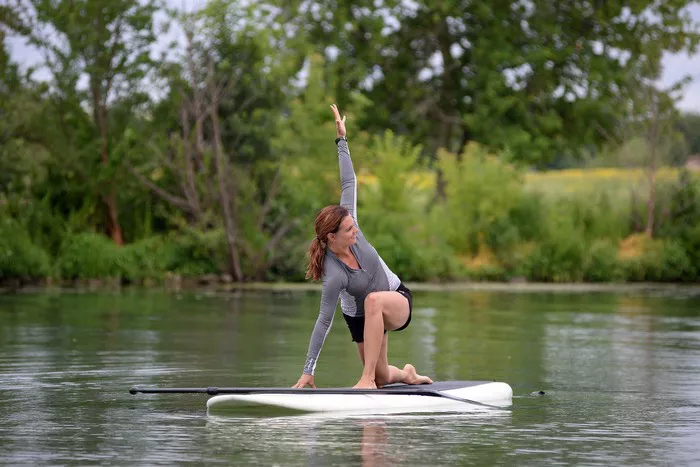Back pain is one of the most common ailments affecting people worldwide. Whether it’s caused by poor posture, sedentary lifestyle, injuries, or chronic conditions, back pain can significantly reduce quality of life. As a non-invasive and holistic approach to health, yoga has gained popularity for its potential to alleviate certain types of back pain. This guide explores which kinds of back pain yoga can help with, the science behind it, and expert recommendations for safe practice.
1. Understanding Different Types of Back Pain
Back pain is a broad term that encompasses various conditions, each with different causes, symptoms, and treatments. To understand how yoga may help, it is essential to distinguish between the main types:
Acute Back Pain
Acute back pain typically lasts less than six weeks and is often the result of muscle strains or ligament sprains. This kind of pain may stem from heavy lifting, sudden movements, or minor accidents. Most cases resolve on their own with rest and conservative care.
Chronic Back Pain
Chronic back pain persists for more than 12 weeks, even after an initial injury or underlying cause has been treated. Conditions like degenerative disc disease, spinal stenosis, or arthritis may contribute to ongoing discomfort. Chronic pain often requires long-term management strategies.
Mechanical Back Pain
Mechanical pain arises from the spine, intervertebral discs, or surrounding soft tissues. It tends to worsen with activity and improve with rest. Common causes include muscle imbalances, poor posture, or spinal degeneration.
Radicular Pain
Radicular pain occurs when a spinal nerve root is irritated or compressed. It often radiates down the legs and may be associated with numbness or tingling. Sciatica, a common form of radicular pain, is frequently caused by a herniated disc.
2. How Yoga Helps with Back Pain
Yoga combines physical postures (asanas), breathing techniques (pranayama), and meditation. Each of these elements contributes to back pain relief in the following ways:
- Improving Flexibility: Tight muscles in the hips, hamstrings, and lower back can contribute to pain. Yoga helps stretch and elongate these areas.
- Strengthening Core Muscles: A strong core provides better support for the spine and reduces stress on the lower back.
- Enhancing Postural Awareness: Yoga encourages mindfulness and alignment, which can correct poor postural habits that contribute to pain.
- Reducing Stress: Stress and tension can exacerbate chronic pain. Yoga promotes relaxation, which can decrease pain perception.
3. Types of Back Pain Yoga Is Good For
Based on clinical studies and expert consensus, yoga is particularly effective for certain types of back pain:
Non-Specific Lower Back Pain
This is the most common form of back pain, often with no identifiable cause. Studies have shown that yoga can reduce pain and improve function in individuals with non-specific lower back pain. Gentle poses that stretch the hamstrings and strengthen the lumbar area are especially beneficial.
Chronic Muscular Pain
For individuals with tight or overused muscles due to repetitive movements or prolonged sitting, yoga can offer significant relief. Poses that target the hip flexors, glutes, and upper back can alleviate tension and restore balance to muscle groups.
Postural Back Pain
Poor posture, especially from long hours at a desk, can lead to back pain. Yoga postures that promote spinal alignment and open the chest help counteract the effects of slouching. Practices that build awareness of body mechanics are also key.
Stress-Related Back Pain
Mental stress often manifests physically in the back, particularly in the shoulders and upper spine. Yoga’s breathing and meditation practices help calm the nervous system and reduce muscle tension, providing relief for stress-related discomfort.
Mild Degenerative Conditions
In conditions such as early-stage osteoarthritis or degenerative disc disease, yoga can be part of a comprehensive management plan. Gentle movement helps maintain mobility and reduce stiffness, though care should be taken to avoid overexertion.
4. Yoga Practices Recommended for Back Pain
Not all yoga is created equal when it comes to addressing back pain. The style, intensity, and choice of poses play a crucial role. The following practices are generally recommended:
Gentle Yoga Styles
- Hatha Yoga: Slow and deliberate, it focuses on basic postures and alignment.
- Iyengar Yoga: Uses props to ensure precise alignment and accommodate physical limitations.
- Restorative Yoga: Encourages deep relaxation and uses bolsters and blankets to support the body in restful positions.
Specific Poses for Relief
- Cat-Cow Stretch (Marjaryasana-Bitilasana): Warms up the spine and improves mobility.
- Child’s Pose (Balasana): Gently stretches the lower back and promotes relaxation.
- Bridge Pose (Setu Bandhasana): Strengthens glutes and lower back muscles.
- Downward Dog (Adho Mukha Svanasana): Stretches the spine and hamstrings.
- Sphinx Pose: A gentle backbend to stimulate the lower spine.
- Supine Twist: Releases tension in the lumbar area.
5. Safety Guidelines and Precautions
While yoga can be highly beneficial, it is not suitable for every type of back pain without modifications. Consider these expert-recommended guidelines:
- Consult a Healthcare Provider: Especially for chronic or severe pain, it’s essential to get a proper diagnosis before starting yoga.
- Work with a Qualified Instructor: Seek guidance from teachers experienced in therapeutic yoga or working with pain conditions.
- Avoid High-Impact Poses: Backbends, deep twists, and strong inversions should be approached with caution.
- Listen to Your Body: Pain is a signal. If a pose increases pain, stop and modify.
- Use Props: Blocks, straps, and bolsters can provide the support needed to practice safely.
6. Scientific Evidence Supporting Yoga for Back Pain
Multiple studies have examined the effectiveness of yoga for back pain relief:
- A 2017 review in the Annals of Internal Medicine concluded that yoga was moderately effective for chronic low back pain and could be a useful first-line treatment.
- A 2011 study in Spine journal found that participants practicing yoga had greater improvements in function and reduced pain compared to those receiving standard care.
- The National Institutes of Health (NIH) supports yoga as a complementary therapy for low back pain, noting its benefits in both physical and mental health domains.
These findings suggest that yoga is not only safe for many individuals with back pain but also provides tangible benefits when practiced consistently and correctly.
7. When Yoga Might Not Be Suitable
Despite its benefits, yoga is not a one-size-fits-all solution. It may not be appropriate for:
- Acute Injuries: Practicing yoga during the acute phase of a back injury could worsen the condition.
- Severe Spinal Disorders: Conditions such as advanced spinal stenosis, severe scoliosis, or unstable vertebrae require medical supervision.
- Post-Surgical Recovery: Individuals recovering from back surgery should consult with their surgeon before resuming physical activity.
8. Creating a Personal Yoga Routine
A well-rounded yoga routine for back pain should include:
- Warm-Up (5-10 minutes): Gentle movements like pelvic tilts and cat-cow stretches to prepare the spine.
- Main Poses (15-20 minutes): Focus on core strengthening, hamstring stretches, and posture improvement.
- Cool Down (5-10 minutes): Include gentle twists and a forward fold.
- Relaxation (5 minutes): End with Savasana or guided breathing for stress reduction.
Regular practice, ideally 3-5 times per week, can yield the best results. Journaling your progress and symptoms can also help identify which poses are most effective for your unique condition.
Conclusion
Yoga is a valuable tool for managing certain types of back pain, particularly those linked to muscle tension, poor posture, and chronic stress. While it is not a substitute for medical treatment in all cases, it can play a key role in a comprehensive pain management plan. Understanding the type of back pain, choosing appropriate yoga styles, and practicing with awareness can lead to significant improvements in comfort and function.
As always, consult a healthcare provider before beginning any new exercise program, especially if you have a pre-existing condition. With patience and proper guidance, yoga can be a gentle yet powerful ally in your journey to a pain-free back.

